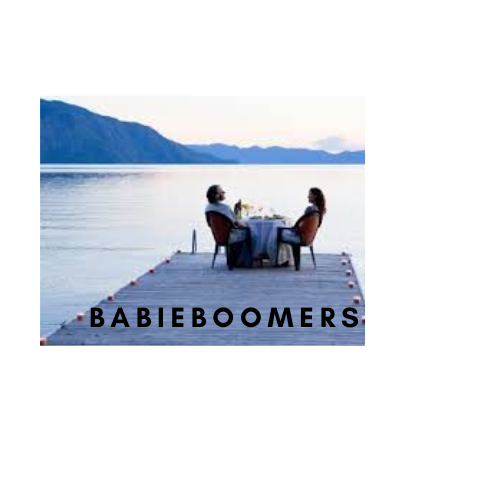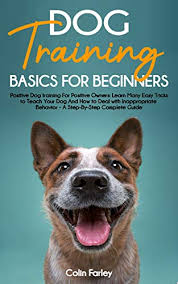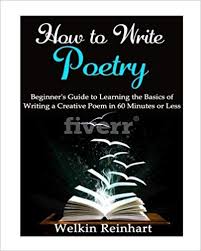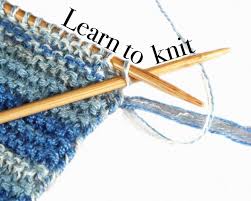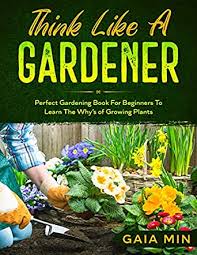10 Benefits Of Writing That May Change Your Perspective
Anyone can make money from Expressive Writing. Enough time keep a journal in their teens, which isn’t surprising given that it is a time of huge change and modification. However returning to (or picking up) expressive writing the adult can be equally beneficial.

Any creative endeavour commences with the planting of a seed. You get, await or are made an initial idea on what to write. Perhaps you have an idea for a story, or have received a brief for an essay or article.
To improve one’s writing skills one must also make sure about using active speech. People say http://babieboomers.com has nothing – do with writing but that is truly not entirely quite likely true. Writing about weight loss has a strong appeal for the public.
The more you edit your own writing and also a trusted person help you edit your writing, will be become clearer to target audience. I challenge you to write a short article everyday for 90 days. You will see improvements in 30 days, 60 days, and 90 days. Your writing skills will improve over that period. Your topics are usually more clear and concise.
Even though it seems so as well as self-evident, I had to spend a number of years to figure out this three-step process and to try it in my work. The difference it made was immeasurable.
The Stages of the Writing Process
Time in an essential study hall is including some built-in costs: there are endless things to attempt to fit in. Considerably under the umbrella of English there is penmanship, spelling, syntax, accentuation, creation, perusing, and then some. It’s so hard to ensure that everything is secured. Also, there are sure pieces of the creative cycle which are either misconstrued or don’t generally get a look in view of time requirements.
The creative cycle, as per the EEF’s ‘Improving Literacy In Key Stage 2’ direction report, can be separated into 7 phases: Planning, Drafting, Sharing, Evaluating,Revising, Editing and Publishing.
In an ongoing instructional meeting, when I solicited a gathering from school pioneers and educators to record components of current practice in their own schools for the educating of composing, we found that more often than not was spent on arranging, drafting and altering. Truth be told, there were not many instances of how different stages were being educated.
All things considered, the phases that are generally centered around are significant. The IES’s training guide ‘Instructing Elementary School Students To Be Effective Writers’ has this to state about arranging: “Composing great… is a cycle that necessitates that the author ponder the reason for composing, plan what to state, plan how to state it, and comprehend what the peruser has to know.”
However, there is a word that maybe isn’t constantly considered at the educators’ arranging stage, a word which is significant with regards to building up those pieces of the creative cycle that maybe aren’t being since time is running short they need. The word is reason.

Crowd and reason
When arranging a unit of composing, and when youngsters are arranging their own composition, a reason for the composing ought to be distinguished. Start in light of the end point is a valuable adage. Educators ought to ask themselves: What will kids compose? What is the planned reason for their composition? Who is the target group for their composition? Recognizing a persuading crowd and intention is the way to great composition – realizing what the distributing stage is going to seem as though will educate the various components regarding composing measure. Also, with regards to recognizing crowd and design, be imaginative, don’t depend on same things all he time and attempt to make it genuine as could be expected under the circumstances.
Composing: from demonstrating to autonomy

“Instructors can assist understudies with turning out to be viable essayists by encouraging an assortment of procedures for completing every part of the creative cycle and by supporting understudies in applying the systems until they can do so freely.
The most ideal approach to encourage composing is to show it. During the arranging cycle, when the crowd and reason has been recognized, instructors ought to choose what the completed bit of composing should resemble – the one that youngsters will finish at the Publishing stage. There are various advantages to educators at that point finishing the errand themselves, experiencing the creative cycle themselves to think of a last piece: the composing can fill in for instance which kids can allude to and the way toward composing it is an extraordinary knowledge into the potential challenges youngsters may have when composing – it is difficult!
Educators, having finished the assignment themselves, will at that point be more ready for another staple of composing instructing: live displaying. Live demonstrating takes a touch of training and a solid measure of certainty yet it is an outright should – educators shouldn’t expect great composition on the off chance that they haven’t displayed it. During live displaying it is helpful for the kids if instructors contemplate how to compose: Am I utilizing the best word here? Might I be able to revamp that in less words? What impression will this expression give?
The I/We/You grouping is a valuable model for educating composing:
I – instructor models how to do it
We – educator leads guided/imparted meeting to youngsters
You – kids own model
The ‘I’ stage is frequently passed up a great opportunity during live displaying as instructors excessively fast take thoughts from the kids. It’s frequently a consequence of educators posing inquiries of themselves for all to hear – kids normally need to answer them and contribute with their own thoughts. Educators should set aside effort to simply write before the youngsters without their contribution before proceeding onward to a common piece.
Yet, it isn’t only the drafting phase of the creative cycle that ought to be demonstrated: all stages ought to be displayed, ideally utilizing the I/We/You approach.
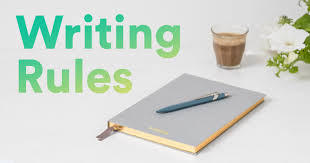
Have kids been told the best way to design? Has this originated from deconstructing a current book? Have instructors created schedules for sharing with the goal that it isn’t tumultuous? Do kids know who they can impart to and get input from? Have kids been told the best way to alter utilizing some anonymised work or a purposely composed awful model? Has the educator made a case of the last distributed piece to share?
Time after time we anticipate that youngsters should get autonomous in assignments without telling them the best way to get free. The EEF direction report advocates a slow arrival of obligation which can be applied to each phase of the creative cycle:
An unequivocal portrayal of the procedure and when and how it ought to be utilized;
Displaying of the technique in real life by instructors or potentially students;
Communitarian utilization of the technique in real life;
Guided work on utilizing the system with continuous arrival of obligation; and
Free utilization of the technique.

The Evaluating stage
Without information on who the crowd are and what the reason for the composing is, kids (and educators) will have next to no to assess the composition against. It will be conceivable to assess it as far as spelling, language, accentuation and penmanship, however not as far as its composition,structure and by and large viability as a bit of composing.
So as to make the assessing stage simpler for youngsters they have to have built up a lot of objectives in the arranging stage. These objectives should control them at each stage yet care ought to be taken that these objectives don’t turn out to be only a crate ticking, composing by-numbers action.
The assessing stage is the entryway to the sharing stage when friends and grown-ups will likewise utilize similar arrangement of objectives to assess the work they are having imparted to them.
When demonstrating the assessing stage educators are really giving kids composing explicit systems for self-guideline and metacognition (see EEF’s Metacognition and Self-Regulation direction report for additional). Kids ought to be told the best way to peruse their work, and crafted by others,critically, asking themselves, for example, inquiries as: Is there enough detail? Do I say excessively? Is it clear or befuddling? DidI miss bits out?
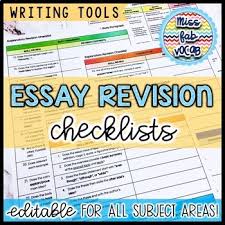
The Revising stage
The most significant thing for instructors and youngsters to recollect at this stage is that it is entirely unexpected to altering. The EEF’s direction report sums up amending as ‘making changes to the substance of writing considering criticism and self-assessment’ though altering is ‘making changes to guarantee the content is precise and lucid’. The report explains altering by saying that ‘at this stage, spelling and syntax accept more noteworthy significance and students should perceive that their work should be precise if perusers are to draw in with it and concentrate the expected data from it.’
Corrections ought to be made to attempt to guarantee that it is accomplishing the objectives set toward the start of the composing succession – the crowd and reason ought to be mulled over. This stage ought to be what the kids are normally perused for as the following stage subsequent to assessing and sharing their work. Recollect that so as to reexamine their work effectively youngsters will likewise need to have gotten criticism from the educator on their arranging and their first draft.
The youngsters ought to by and by pose the sorts of inquiries they asked of themselves in the Evaluating stage however this time they ought to be following up on their assessments by making changes and increases to their work.
It is worth unequivocally displaying how youngsters may approach making changes and augmentations to their work, for instance, utilizing numbered stars and afterward composing the amended parts toward the finish of the draft. Schools could create a’house style’ to guarantee consistency and no disarray.
Adaptable utilization of the phases of the creative cycle
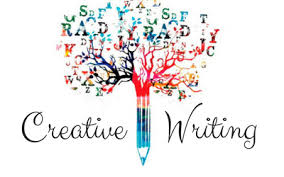
At the point when scholars are familiar with the seven phases of the creative cycle they will find that they dance to and fro between the various stages. This also can be displayed and signposted to youngsters as instructors expect them to finish various undertakings during the instructing arrangement that paves the way to the last bit of composing.
‘The creative cycle is the methods through which an author forms text. Composing is certainly not a straight cycle, such as following a formula to heat a cake. It is adaptable; journalists ought to figure out how to move effectively to and fro between parts of the creative cycle, frequently changing their arrangements and reexamining their content along the way.’
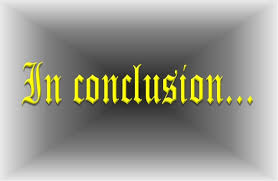
In synopsis
Set an unmistakable reason and crowd before starting the creative cycle;
Educators complete the assignment themselves;
Permit youngsters to work at every one of the seven phases of the creative cycle as they progress in the direction of a last piece;
Model every one of the seven phases to the kids utilizing the I/We/You approach at each stage; and
Evaluate,share and amend by checking the composing satisfies its motivation.

I have a GREAT video series for you on Writing! CLICK HERE
